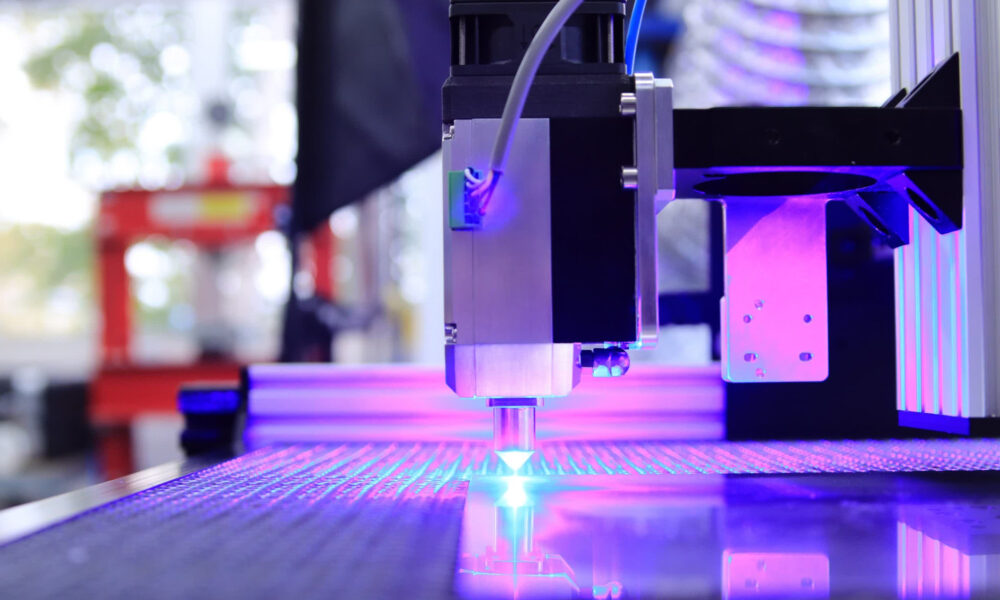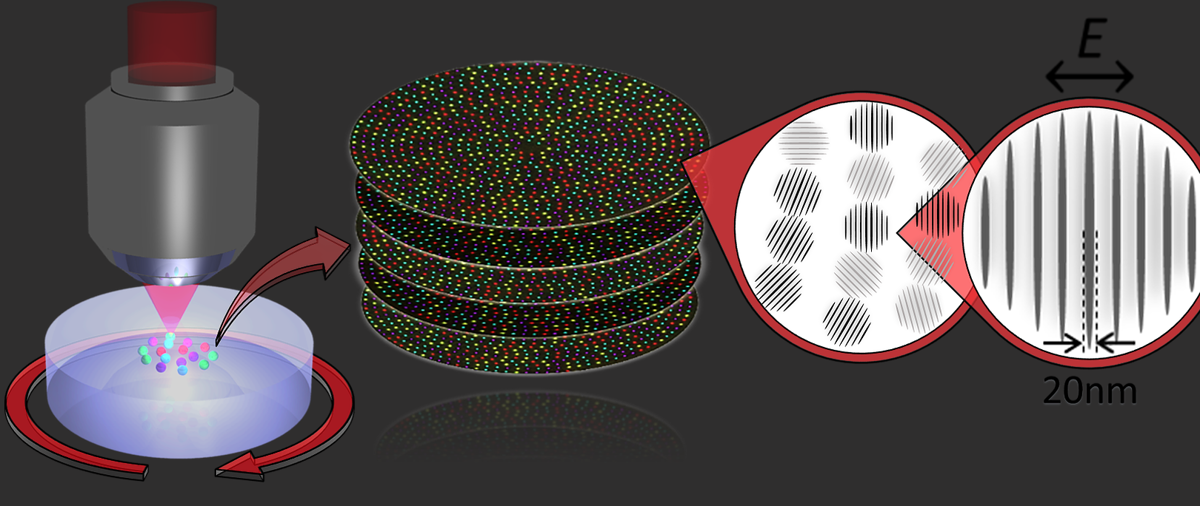News
5D Storage Technology Can Fit 500TB On A Small Disc
This method could theoretically be used to archive data for as long as 13.8 billion years.

While most consumers today are perfectly satisfied with the capacity and reliability of modern solid-state drives (SSDs), various organizations that are required to archive massive quantities of data are deeply aware of the limitations of not just SSDs but other currently available storage technologies as well.
Soon, they might be able to store up to 500TB of data on a CD-sized disc thanks to a new energy-efficient laser-writing method for producing high-density nanostructures in silica glass. Called five-dimensional (5D) optical data storage, this method could theoretically be used to archive data for as long as 13.8 billion years, and the optical discs produced by it can survive temperatures as high as 1,000 degrees Celsius.
“With the current system, we have the ability to preserve terabytes of data, which could be used, for example, to preserve information from a person’s DNA,” said Peter G. Kazansky, leader of the research team behind the new data storage technology.

5D optical data storage isn’t actually an entirely new invention, but its practical applications were greatly limited in the past because of its slow write speed. To improve it, the research team from the University of Southampton in the UK used a femtosecond laser to produce an optical phenomenon known as near-field enhancement, minimizing the thermal damage that prevented earlier researchers from making 5D optical data storage truly usable.
Also Read: Japan Sets A New Internet Speed Record With 319 Terabits Per Second
“This new approach improves the data writing speed to a practical level, so we can write tens of gigabytes of data in a reasonable time,” said doctoral researcher Yuhao Lei. By a reasonable time, Lei means about 100 pages of text (roughly 230 kilobytes of data) per second.
When you compare that figure to the writing speeds of modern SSDs (anywhere from 200 megabytes per second to 4,000 megabytes per second), it becomes apparent that regular consumers won’t be replacing their storage drives with it anytime soon.